Everything you wanted to know about autumn planting of raspberries
Almost every gardener knows that September and October are some of the most favorable months for planting shrubs and trees in the garden. Planting raspberries in the fall is also possible. Usually, after the end of the summer days, gardeners try to pay the most attention to this shrub in order to get a wonderful harvest of delicious berries next season. However, not all summer residents know when it is better to plant raspberries so that they take root and prepare for wintering.
Boarding time
There is no exact recommendation for a specific time when it is better to plant this shrub: it all depends on the raspberry variety and the climatic conditions of a particular region. It is better to plant raspberries in a new place in the autumn, as soon as they ripen. How do you know when raspberries are ready for an autumn transplant? It's very simple: buds should develop on the root collar of the plant. So, if the raspberry variety is early, then the buds on it will be visible by the second week from the beginning of September. In later varieties, the buds will be clearly visible by October. It is important to complete all planting activities 20 days before the frost sets in. This time is quite enough for the shoots to take root and prepare for winter. Thus, the approximate recommended timing for autumn planting is from mid-September to mid-October.
Possible and planting raspberries in spring... However, it is more preferable to do this precisely in autumn. If you follow the correct technology, the raspberries will well endure the winter, and in the spring they will quickly grow, outstripping even a number of plants planted in April-May. In general, caring for autumn plantings is easier. Autumn weather is also favorable for this: in September-October there will no longer be heat, which can make it difficult for seedlings to take root.
Raspberry varieties
What varieties can you grow on your site? Gardeners especially highlight the following.
- "Brigantine". The bushes of this variety grow up to 1.8-2 m. The leaves of shrubs are usually large, corrugated. The berries reach a weight of 3-4 grams. They usually grow large, with a large number of seeds. The variety has good resistance to fungal diseases. Well resistant to frost. On average, about 2.5 kg of berries can be obtained from one bush of such raspberries.
- "Raspberry Diamond". It is one of the best and most popular varieties. Usually produces a heavy crop, causing the shoots to lean to the ground. It has soft green spines of medium size. The leaves of this variety are slightly twisted and wrinkled. Raspberry berries on such bushes ripen large, ruby-red, with a characteristic shine. The bones are also often large. One berry can weigh up to 4 grams. This variety tolerates hot weather and is drought tolerant.
- "Eurasia". This is the most famous remontant raspberry variety. Differs in good yield and accelerated ripening. From one such bush, you can get up to 2.6 kg of berries. Grows up to 1.6 m in height. The berries are dark in color, can be stored for a long time without changing the taste and shape. The variety perfectly resists frost, is resistant to fungal diseases and some types of harmful insects. The berries grow on the bushes rather large and dense.
- "Coral". This is a late-ripening dessert variety. Bushes grow up to 2 m in height. The berries of this variety have a pleasant taste. Their color is usually crimson, the size is large. The variety shows good yields. Usually, up to 3 kg of raspberries can be collected from one bush.
- "Aboriginal". Bushes of this variety usually grow up to 2 meters in height. The variety is upright and has no thorns.It has a high yield: up to 5 kg of berries can be harvested from a bush. The weight of one fruit can reach 8 grams. The berries are red, conical in shape. The taste is usually sour. The variety is highly resistant to diseases.
Crop requirements for soil and planting site
How to plant raspberries in the fall? This culture is able to survive in the shadows. However, if you choose a shady place for this shrub, then later it can give out poor yields. In addition, when the plant is planted in the shade, its shoots become elongated, and full buds form only at their tops. As a result, there is a possibility that such a plant will not be able to survive the winter.
It is advisable to take a sunny and protected area from cold winds in the country for planting this fruiting shrub. Raspberry beds are best oriented in a north-south direction: when this orientation is present, the crop will receive a lot of sunlight during the day. This recommendation is especially relevant for the northern regions, where even in summer there are quite a few warm and sunny days.
Raspberries grow well in well-drained and fertile soils. This shrub will also take root on sandy and sandy loam soils, but in this case, the culture will require a large number of organic fertilizers every year.
Trench planting raspberries
Not all budding gardeners know how to plant raspberries in the fall. This can be done both by the trench method and in the pits. But the first method is recognized as the most popular and is used everywhere, although it is more laborious. Trenches must be prepared in advance. It is better if this is done 20-25 days before planting. When the trenches are properly prepared, the harvest will be rich and the care of the crop will be easier.
The selected place for raspberries must be fenced off by driving pegs along the edges. Recommended dimensions of the trench for raspberries: width - 0.5-0.6 m, depth - 0.4-0.45 m. The length should be selected based on the estimated length of the raspberry tree. The number of trenches corresponds to the number of future rows of raspberries.
An important stage is the release of the soil for raspberries from perennial weeds. In the raspberry row, the aisle regularly needs to be dug up or cultivated. In order to have less weeds, they can be covered with old linoleum.
It is recommended to fill the prepared trenches with a nutrient mixture. What it includes:
- compost or rotted manure with a layer thickness of about 10 cm;
- mineral fertilizer (for example, superphosphate);
- biohumus.
You don't need to add fertilizer to the trenches if the soil in the garden is fertile enough. After laying the nutrient mixture, the trench must be covered from above with a 10-cm layer of earth.
Choose the healthiest plants for planting. It is better if 2 people take part in the planting: one holds the raspberry seedling by the trunk, and the second sprinkles it with soil. Saplings should be placed at a distance of about 40 cm from each other. When planting them in trenches, the roots should be straightened, watered and sprinkled with soil on top, compacting the upper layers.
Advice
To check if the planting has been done correctly, it is enough to try to pull out one of the seedlings. If he does not come out of the ground, this means that everything is done correctly, and if he easily pulls out, then it is better to transplant.
Some advise, after disembarking, to make a raspberry garter according to the trellis principle. In order to protect the seedlings for the winter period, it is recommended to cover them from excess moisture and cold weather in the fall. To do this, cover the roots with fallen leaves, and the shoots with polyethylene, after pulling it over the frame.
Outcome
Raspberry is a rather unpretentious crop, planting of which is preferable in autumn. To get a good harvest, it is important to observe the correct planting technology and prepare the shrub for winter.
In autumn, along with planting, it is possible to transplant raspberry bushes from one place to another.
The yield of autumn bushes will depend on several factors:
- the right choice of variety;
- appropriate place;
- correct pre-planting preparation.
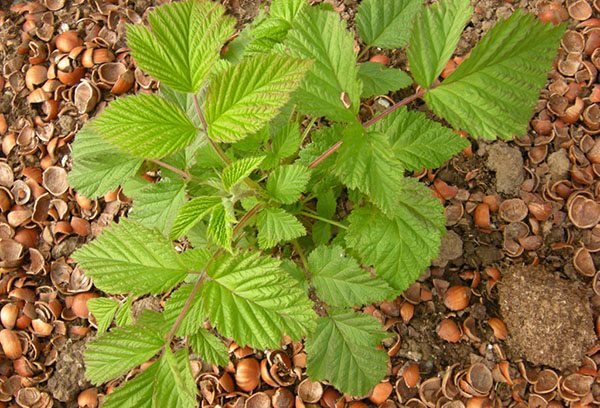


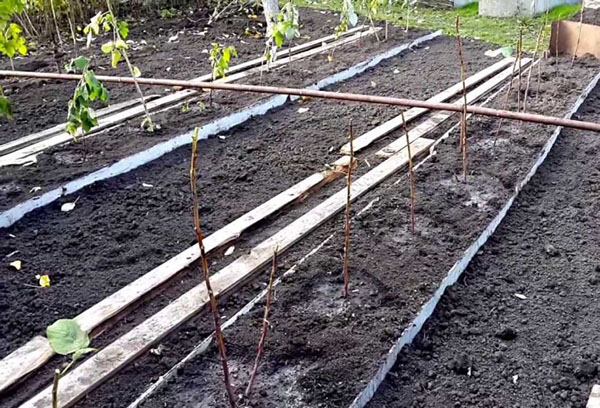
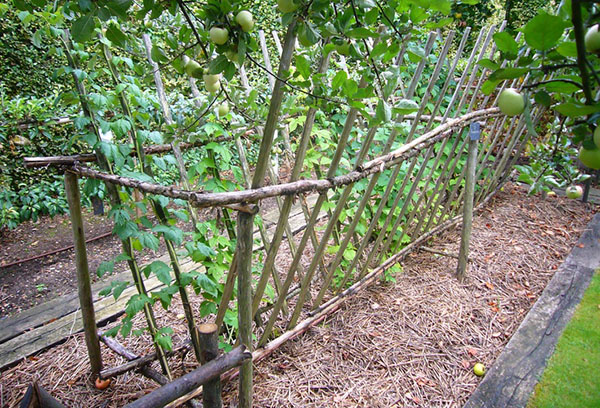

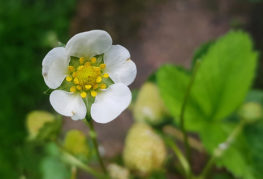
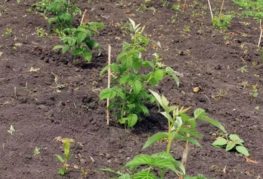
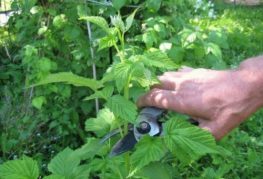
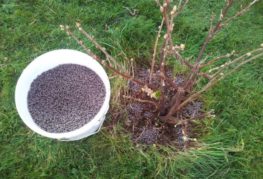
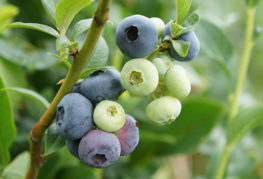
and will be published shortly.